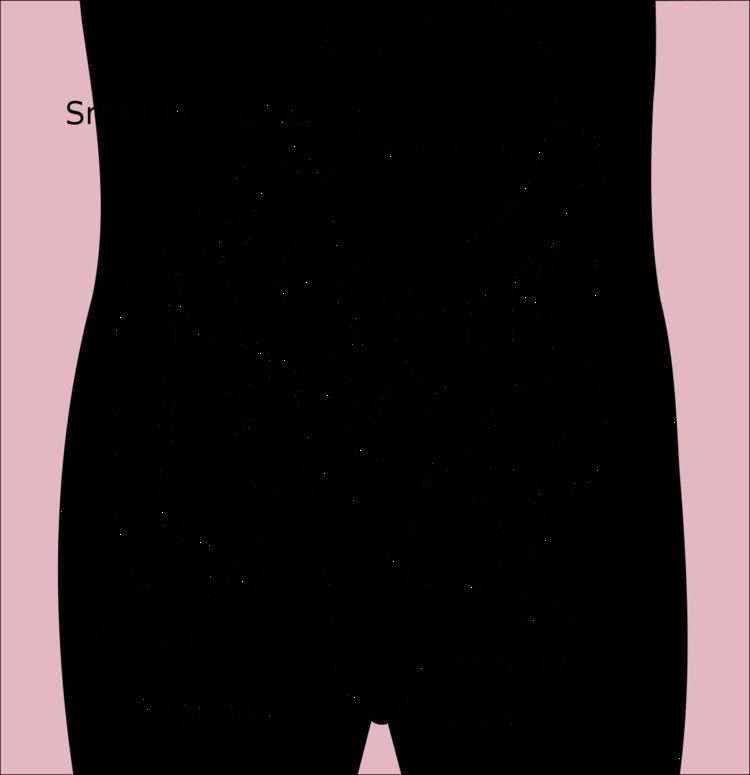System Gastrointestinal | Specialist Gastroenterologist | |
 | ||
Significant tests | ||
Gastroenterology (MeSH heading) is the branch of medicine focused on the digestive system and its disorders.
Contents
Diseases affecting the gastrointestinal tract, which include the organs from mouth to anus, along the alimentary canal, are the focus of this speciality. Physicians practicing in this field are called gastroenterologists. They have usually completed about eight years of pre-medical and medical education, a year-long internship (if this is not a part of the residency), three years of an internal medicine residency, and two to three years in the gastroenterology fellowship. Gastroenterologists perform a number of diagnostic and therapeutic procedures including colonoscopy, endoscopy, endoscopic retrograde cholangiancreatography (ERCP), endoscopic ultrasound and liver biopsy. Some gastroenterology trainees will complete a "fourth-year" (although this is often their seventh year of graduate medical education) in transplant hepatology, advanced endoscopy, inflammatory bowel disease, motility or other topics.
Hepatology, or hepatobiliary medicine, encompasses the study of the liver, pancreas, and biliary tree, while proctology emcompasses the fields of anus and rectum diseases. They are traditionally considered sub-specialties of gastroenterology.
History
Citing from Egyptian papyri, John F. Nunn identified significant knowledge of gastrointestinal diseases among practicing physicians during the periods of the pharaohs. Irynakhty, of the tenth dynasty, c. 2125 B.C., was a court physician specializing in gastroenterology, sleeping, and proctology.
Among ancient Greeks, Hippocrates attributed digestion to concoction. Galen's concept of the stomach having four faculties was widely accepted up to modernity in the seventeenth century.
Eighteenth century:
Nineteenth century:
Twentieth century:
Twenty-first century:
The word gastroenterology is a combination of three Ancient Greek words: γαστήρ gaster (gen.: gastros) "stomach", ἔντερον enteron "intestine", and λόγος logos "reason".
Disease classification
1. International Classification of Disease (ICD 2007)/WHO classification:
2. MeSH subject Heading:
3. National Library of Medicine Catalogue (NLM classification 2006):
Gastroenterological societies
United States
In the United States, gastroenterology is an internal medicine subspecialty certified by the American Board of Internal Medicine (ABIM) and the American Osteopathic Board of Internal Medicine (AOBIM).
